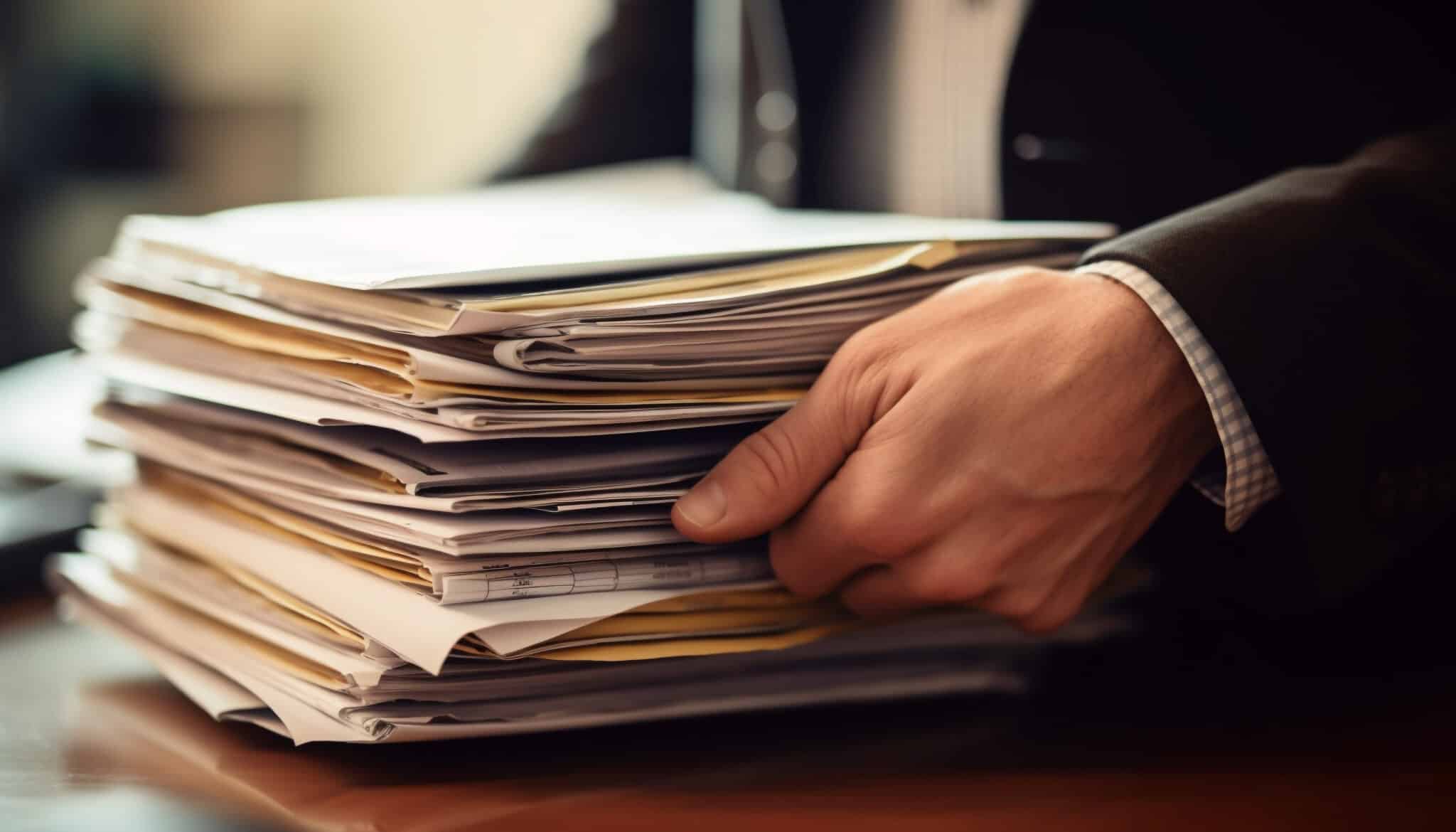The transition to e-Invoice has been a key topic for accounting and finance departments for the past several years. In some European countries, it will soon become mandatory under the electronic invoicing law.
But the requirement to switch to e-invoices shouldn’t be seen as a burden. In fact, this reform will actually bring many benefits—it’s all about knowing how to take advantage of them.
To help you see things more clearly, here’s an overview of the top 5 business benefits of e-Invoicing.
Benefit #1: decrease your supplier invoice processing costs
Manually processing each invoice costs €14-20: printing, postage, manual entry, processing, archiving, etc.
Let’s look at an example: if one paper invoice costs you €17 and you process 500 invoices per day, by the end of a single day you will have spent €8,500. Over the course of a year, that adds up to over €2 million!
Paper invoice management isn’t just expensive, it is also time consuming and adds little value: accountants have to spend time entering invoice data, looking for archived information, sending reminders to internal approvers, and more. Manual processing can also introduce data entry errors, leading to inaccurate accounting documents and banking reconciliations.
With e-Invoicing, you can:
- Cut processing costs by half or two-thirds while reducing physical archiving expenses ;
- Save time for approvers ;
- Free up your accountants to focus on more value-added tasks ;
- Reduce processing times for each invoice by 80%, from 15 days to just three.
Benefit #2: decrease your time to payment with e-Invoicing
The end of time-consuming invoice processing
No more procedural headaches and long payment times!
It takes about 15 days to process a paper invoice once it is mailed. But processing times can be much longer for different reasons:
- Lost documents ;
- Data entry errors ;
- Unresponsive approvers ;
- Lack of automation, etc.
Enhanced security for your finance and accounting departments
Reducing paper invoice processing times is a major concern for finance and accounting departments, which are typically required to pay invoices within 60 days of receipt of the goods or services.
In Europe, companies that fail to comply with that deadline can face heavy fines, in addition to any late payment penalties and the risk of damaging relationships with their suppliers.
Fewer errors and improved visibility thanks to automation
E-invoicing is instantaneous and standardized. That means you can:
- Limit the number of errors ;
- Reduce payment times ;
- Guarantee full traceability for each step of invoice processing ;
- Generate a reliable audit trail (which you must provide in the event of a tax audit) ;
- Manage your WCR (working capital requirements) more effectively ;
- Optimize your cash flow thanks to increased visibility of spending commitments and payment orders.
Benefit #3: secure your payment chain
E-Invoicing helps prevent fraud, fake payments and invoicing errors.
Fraudsters are on the lookout for even the tiniest flaws in corporate systems and adopt different strategies:
- Creating fake invoices ;
- Pretending to be a supplier ;
- Presenting themselves as principals and insisting on a confidential wire transfer, a technique known as “CEO fraud”.
In response to the increase in fraud, companies are having to implement a double approval process, which makes invoice processing times even longer.
With electronic invoicing, you can significantly limit the risks of fraud. Managing electronic invoices with a Procure-to-Pay (P2P) solution guarantees full traceability at every step of processing: receipt, automated matching with the order, approval, and payment confirmation.
Benefit #4: help fight tax fraud
As an example, in Europe, tax fraud costs a total of €1000 billion annually, and VAT fraud alone costs €134 billion every year!
Electronic invoicing allows the authorities to monitor the process more effectively, which in turn helps prevent VAT fraud.
While other European countries like Italy have already implemented electronic invoicing, France is going a step further with its Public Invoicing Portal (PPF), which uses Partner Dematerialization Platforms to manage flows.
Benefit #5: reduce your CO2 emissions
In Europe, a country like France issues 3 billion invoices every year. Every time one of those invoices is received, it is copied (duplicated), which doubles that number to 6 billion invoices every year.
Since paper invoices have a large carbon footprint, e-invoicing uses less energy. Switching to electronic invoicing reduces CO2 emissions by 36% even taking into account the fact that electronic invoices have to be stored on servers, which also consume energy.
The switch to electronic Invoicing comes with a broad range of business benefits, if you know how to take advantage of them. Wondering how to plan your transition to e-invoicing? Fluxym is here for you!
